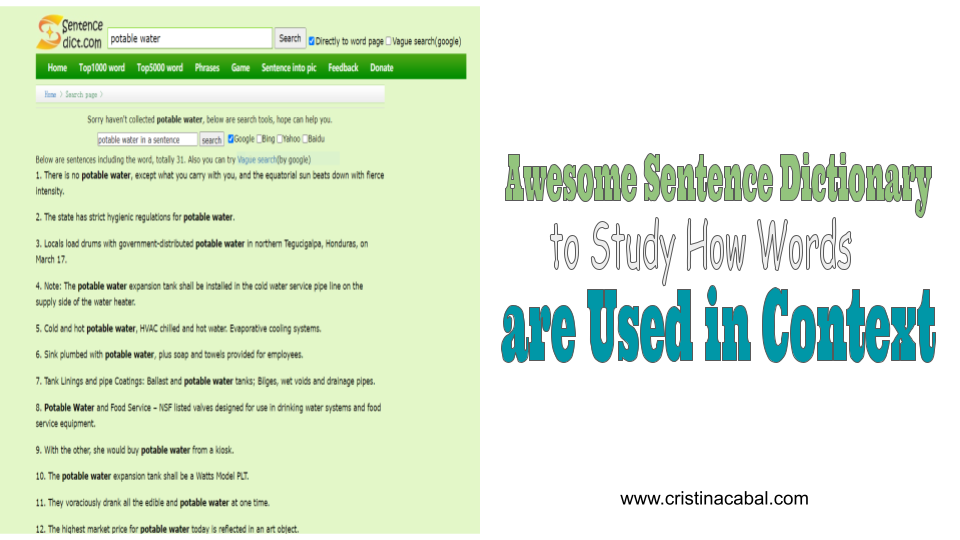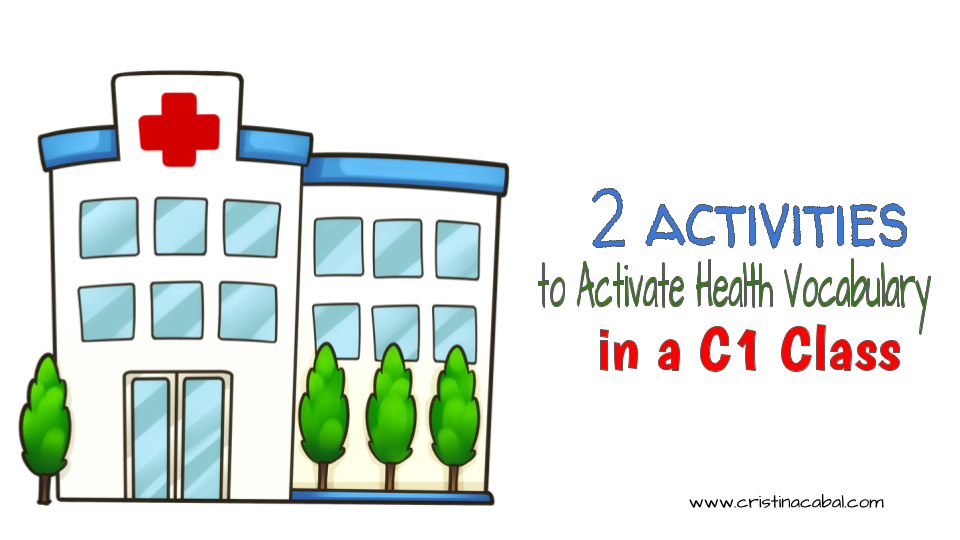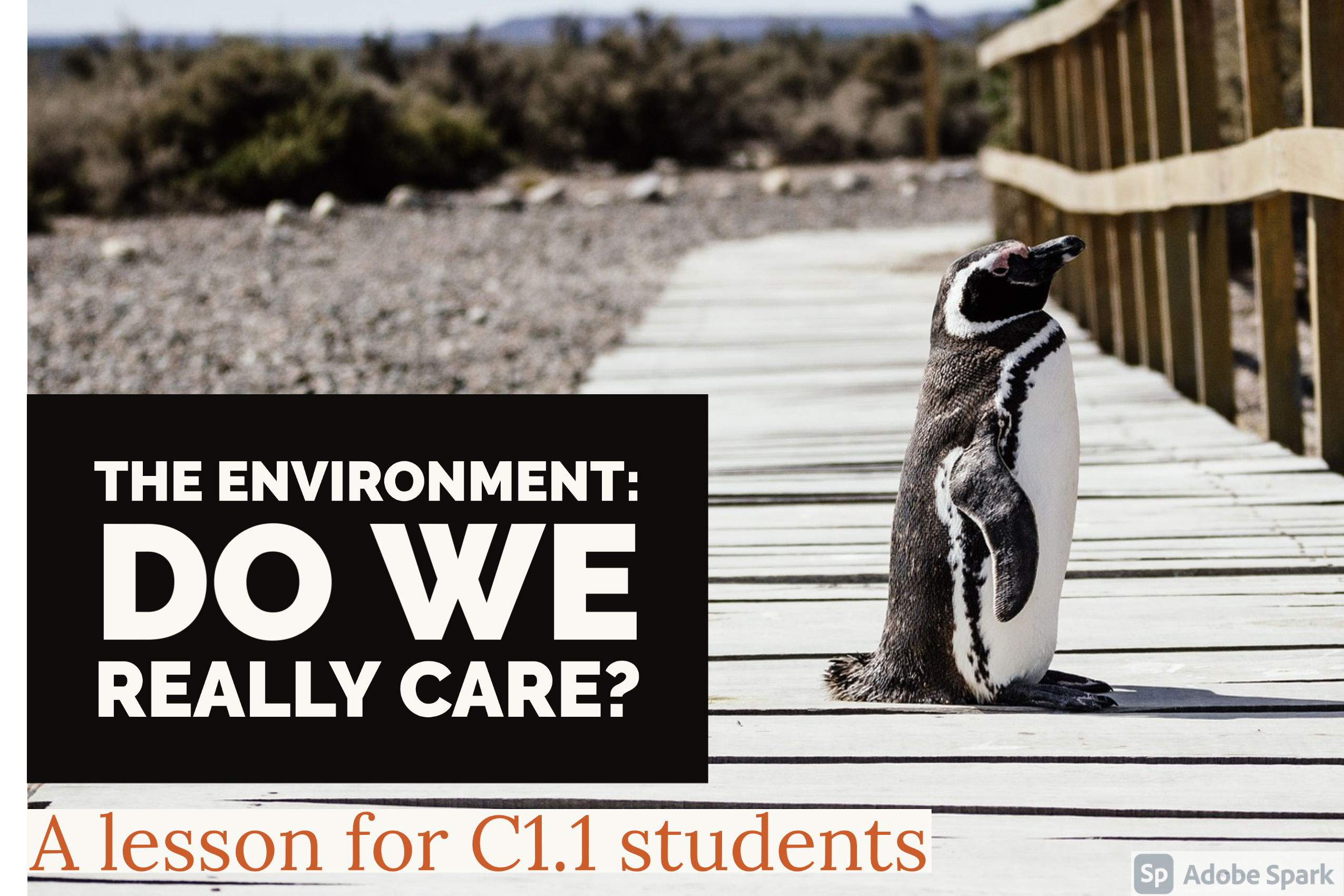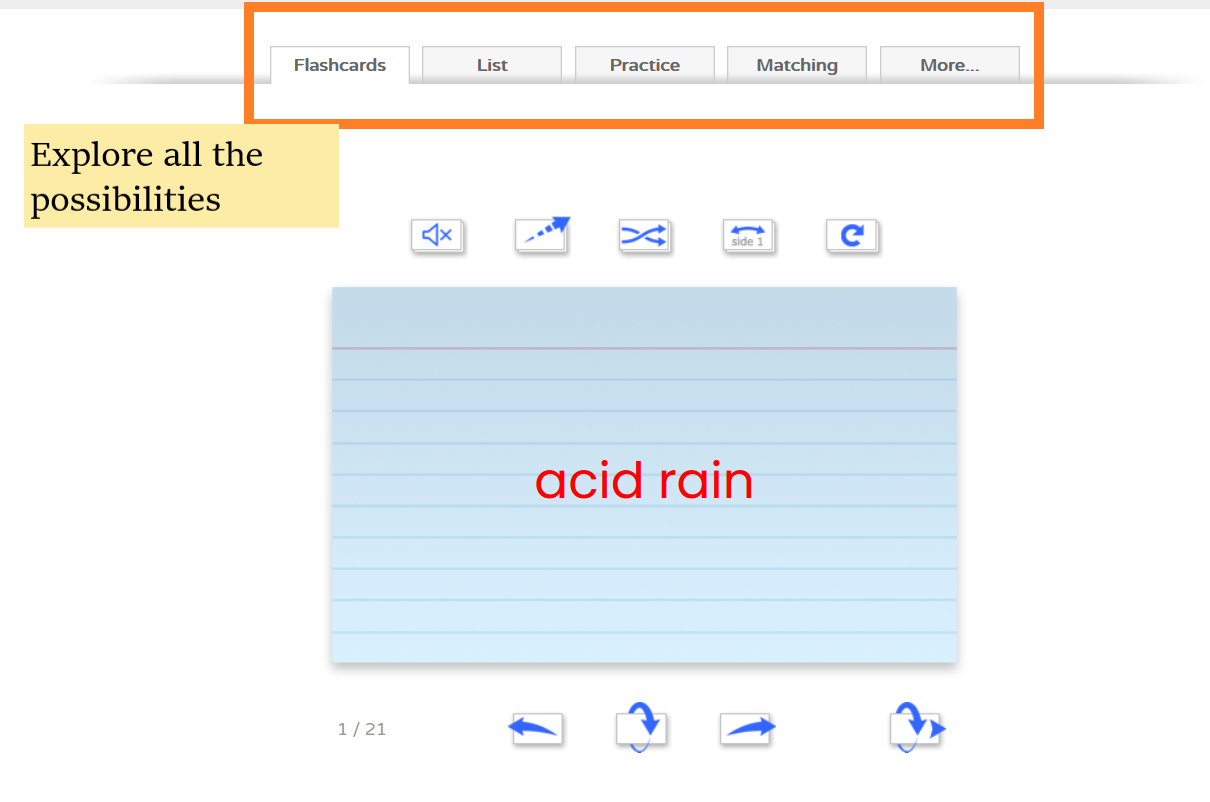It is not the first time I have written something about this great site to learn vocabulary but, it was such a long time ago, that I think it deserves to be brought to your attention again.
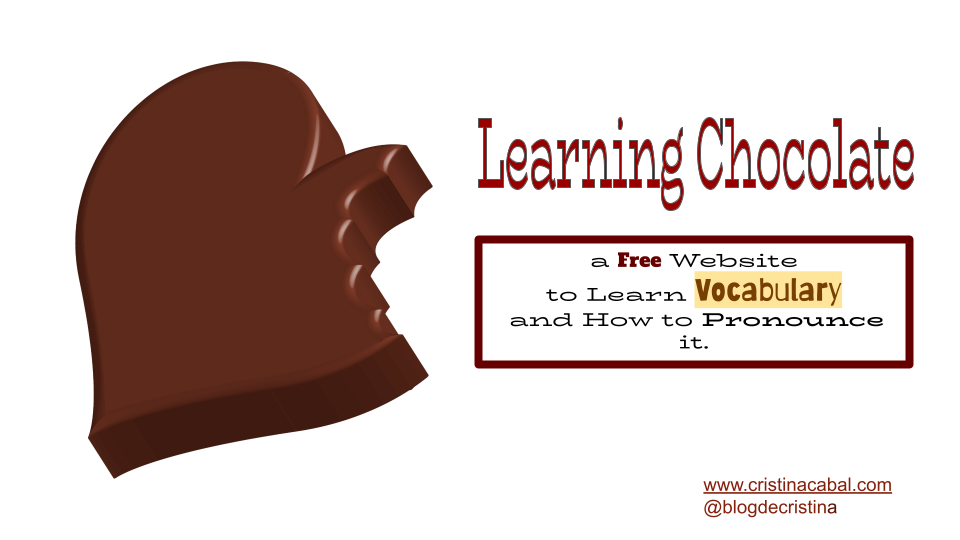
Learning Chocolate… that’s the name of the website. Hey!! I even like the name. I wonder why they’ve chosen this name for a website that helps students improve vocabulary but it certainly does so and in a very efficient way.
What do I like best about this site? It teaches vocabulary in a visual way but also, and this of the utmost importance to me, is that it teaches students how to pronounce the words they are learning.
How does it work?
The vocabulary is organized into categories, ranging from the easy Numbers or the Seasons to the more sophisticated Insect Life Cycle.
How do you learn with this page?
First, on top of the page, you will need to choose your language and also, the language you want to learn.
Now, you are ready to start.
- Choose a category. The main categories are: beginning, around you, daily life, your society, your world and special series.

2. You will see words related to this category with the corresponding image and pronunciation.
3. The website also offers exercises to consolidate the vocabulary. For each category, you will find 3 match-up exercises, a fill-in the gaps and a dictation.
There are three different kinds of match up exercises:
- Match up 1: you will find a list of words and below the words, a list of sound icons. Click on a sound icon and drag it and drop it to the corresponding word. When you finish, click Complete.
- Match up 2: you will see the pictures and below the words to drag and drop.
- Match up 3: same as match up 1, but in this exercise, you will see the pictures and not the words.
Also
- Fill in: you will see several gaps and you will have to type the words that correspond to each image.
- Dictation: you will find a list of sound icons. Click each of them and write the word you hear.
What I especially like about this site is that it uses visual aid to help students learn better and faster and, at the same time, teaches them how to pronounce the words.
